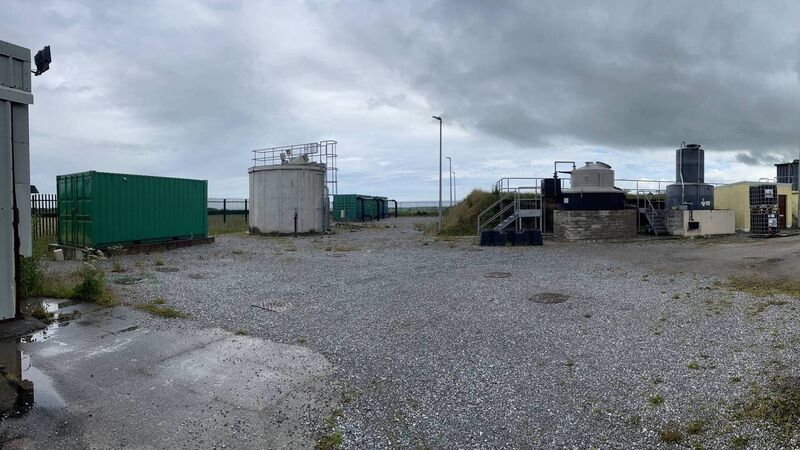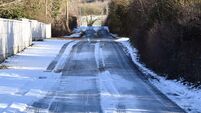Water restrictions likely to increase due to drought-like conditions

The Kilva water treatment plant serving the Whitegate area. Whitechurch, Robert’s Cove reservoir, and Clonakilty treatment plant are among those experiencing shortages.
Almost 40 water supplies across the country are at risk of drought and another 60 are being monitored, with Irish Water “implementing measures to ensure taps keep flowing”.
Unusually high monthly temperatures and conditions, including Friday’s Irish record high for August, have led the utility to warn that the situation is likely to escalate.
Some 37 supplies nationwide have needed action to keep water flowing in taps, Irish Water said.
“In most cases, there is still no impact on customers but there are a small number of locations where overnight restrictions are in place. These include parts of West Cork, Kerry, and Galway,” it said.
While the majority of Irish Water’s 750 water treatment plants continue to meet the demand for water supply, it said there has been a steady increase in the number of supplies impacted by drought conditions.
In addition to the 37 where action is being taken, a further 60 supplies are being closely monitored to ensure that normal supply is maintained for the rest of the summer and into autumn, Irish Water said.
The likes of Robert’s Cove reservoir, Whitechurch, and Clonakilty treatment plants in Co Cork, Ballymacraven water treatment plant serving Lahinch and Ennistymon in Co Clare, and treatment plants serving Limerick are among those experiencing shortages.
Friday saw the hottest August temperature ever recorded in Ireland, with Met Éireann’s provisional data showing that Oak Park, Co Carlow, reached 31.7C.
As Ireland and Britain face water shortages, much of Europe remains under threat of fires, with firefighters drafted in from all over the continent to assist French counterparts in the south-west of the country.
Latest data from the EU’s Copernicus Atmosphere Monitoring Service (CAMS) shows France recorded the highest estimated carbon emissions since 2003 from wildfires for June, July, and August.
“We have been monitoring an increase in the number and resulting emissions of wildfires as heatwave conditions have exacerbated fires in south-western France and the Iberian peninsula,” said CAMS senior scientist Mark Parrington.
“The very extreme fire-danger ratings that have been forecasted for large areas of southern Europe mean that the scale and intensity of any fires can be greatly increased, and this is what we have been observing in our emissions estimates and the impacts it has on local air quality.”









